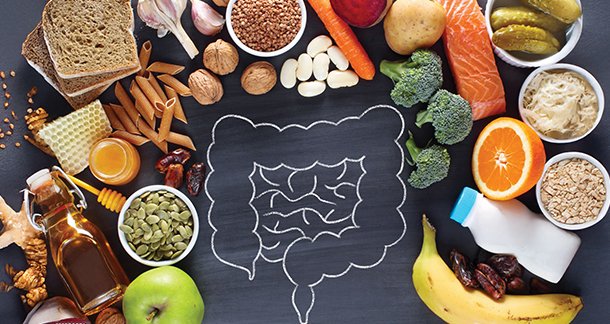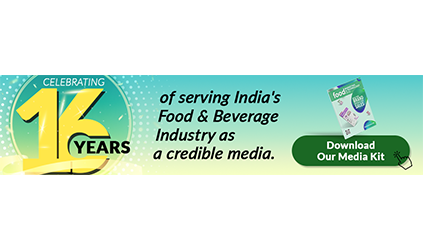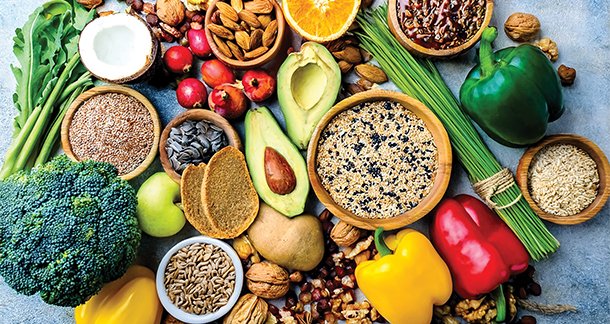A key component in a healthy diet is dietary fibre. It is praised for its benefits to heart health, blood sugar regulation, and digestion. However, the process of moving food from farm to table can drastically change its fibre content, frequently in ways that consumers and even food producers are unaware of. The impact of processing on fibre content is a major concern for the food industry. Food processing methods change to satisfy demands for palatability, shelf life, and convenience. This article examines the effects of different processing techniques on fibre content, the health consequences for consumers, and methods for boosting or maintaining fibre in processed foods.
How Processing Impacts Fiber Content
Dietary fibre content is greatly impacted by food processing, which also affects nutritional value and health benefits. Grain bran and germ are removed during milling and refining, significantly lowering the amount of fibre in products like white flour because the fibrous skins and pulps are frequently thrown away, peeling, juicing, and pureeing fruits and vegetables also reduces their fibre content. Fibre structures, especially soluble fibres, can be weakened by high-temperature processing methods like extrusion or canning. Nonetheless, some methods fortify products with functional fibres like psyllium or inulin to increase their fibre content. Careful selection is necessary to ensure nutritional efficacy and consumer acceptance, even though these additions can increase fibre levels and may not completely replicate the benefits of naturally occurring fibres.
Functional Fiber: A Solution or a Substitute?
The food industry has resorted to functional fibres, which are isolated or synthetic fibres added to processed foods to improve their nutritional profile, in response to consumer demand for healthier, fiber-rich foods. To increase fibre content without sacrificing flavour, fibres like inulin, psyllium, and resistant starch are frequently added to foods like cereals and snack bars. It is debatable, though, how effective these functional fibres are in comparison to naturally occurring fibres. Isolated, indigestible carbohydrates with health benefits are known as functional fibres. One of these is inulin, a soluble fibre that functions as a prebiotic to promote gut health. Psyllium: a soluble fibre that lowers cholesterol and aids in digestion. A carbohydrate that mimics fibre and supports gut flora is called resistant starch. Polydextrose: a synthetic fibre that improves texture and reduces calories.
Functional fibres have drawbacks despite their benefits. For instance, they are mostly soluble and miss the bulking qualities of insoluble fibre, lack the nutrient synergy found in whole foods, and can result in deceptive marketing where processed foods are marketed as healthy. Furthermore, some people may experience gastrointestinal discomfort from consuming large amounts of specific functional fibres, so formulation is crucial to consumer acceptance.

Emerging Trends in Fiber Preservation
Delivering processed foods that preserve or increase fibre content without compromising taste or shelf life is a challenge facing the food industry as consumer awareness on the health benefits of dietary fibre grows. Fibre is frequently degraded by conventional techniques, but new technologies and environmentally friendly methods are appearing. High-pressure processing (HPP), which is appropriate for products like smoothies and sauces, maintains fibre integrity by inactivating pathogens with extreme pressure. Additionally, upcycling fiber-rich byproducts like vegetable peels and fruit pomace reduces food waste and produces eco-friendly products. In comparison to refined flours, advanced milling methods such as stone grinding – greatly increase the fibre content of grain-based products by preserving bran and germ.
Fibre compounds are protected during processing by encapsulation technologies, which also improve their functional qualities and allow for targeted delivery in snacks and drinks. Without sacrificing a lot of nutrients, fermentation and enzyme processes also improve the digestibility and health advantages of fibre. Future processed foods that are more nutrient-dense and in line with contemporary consumer values are promised by these innovations. However, issues like production costs and sensory performance still exist. Adopting these solutions can promote sustainability and aid in closing the global fibre gap.
Conclusion
Dietary fibre content, which is crucial for maintaining digestive health and preventing chronic diseases, is significantly influenced by the path food takes from farm to table. The nutritional value of grains, fruits, and vegetables is decreased by traditional processing techniques like milling and juicing, which frequently reduce fibre. Although adding fibres like inulin to processed foods can be beneficial, the advantages of whole foods, which provide a variety of nutrients, are greater than those of isolated fibres. High-pressure processing and advanced milling are two fibre preservation innovations that can improve fibre retention while satisfying consumer demands for sustainability and health. In the face of an increasing number of processed food options, the food industry can help close the fibre gap by integrating these technologies with whole foods and clear labelling.
References
- S. Department of Agriculture (USDA). (2023). FoodData Central. https://fdc.nal.usda.gov
- S. Department of Agriculture (USDA). (2020). Dietary Guidelines for Americans, 2020–2025. https://www.dietaryguidelines.gov
- Makki, K., Deehan, E. C., Walter, J., & Bäckhed, F. (2018). The impact of dietary fiber on gut microbiota in host health and disease. Cell host & microbe, 23(6), 705-715.
Authors bio-
Akansha Srivasatava
Ph.D. Research Scholar, Centre of Food Technology, University of Allahabad



